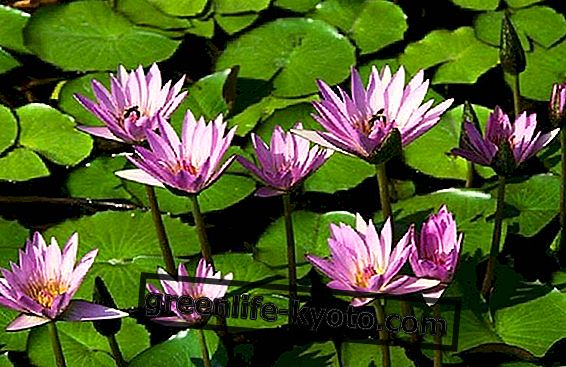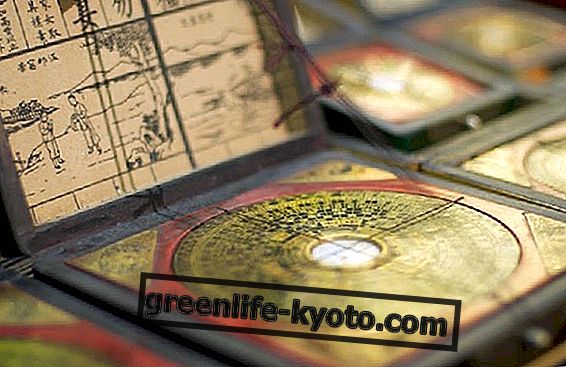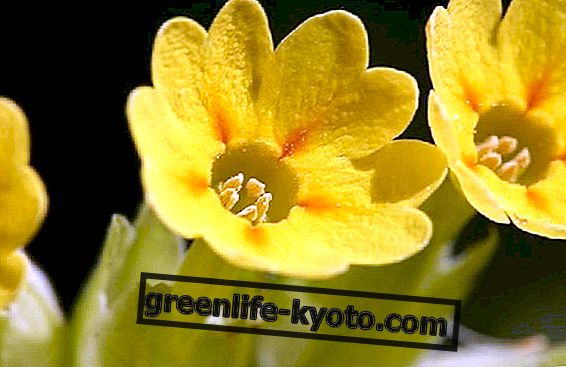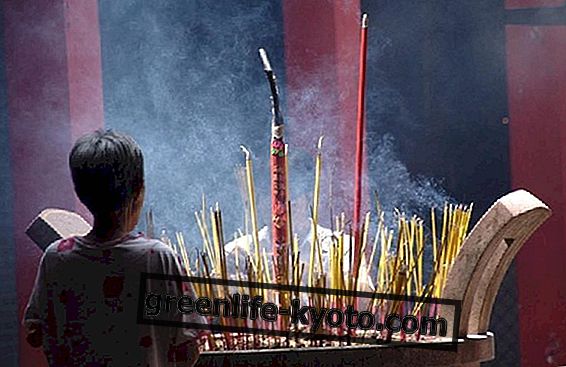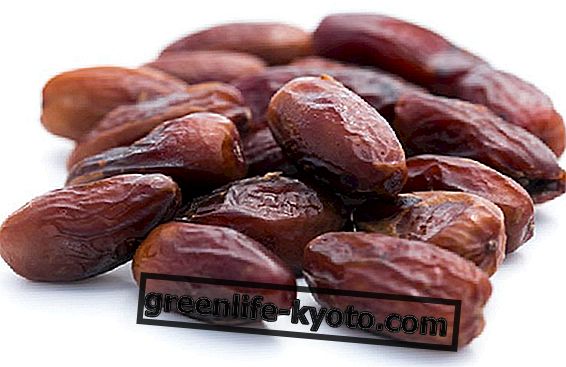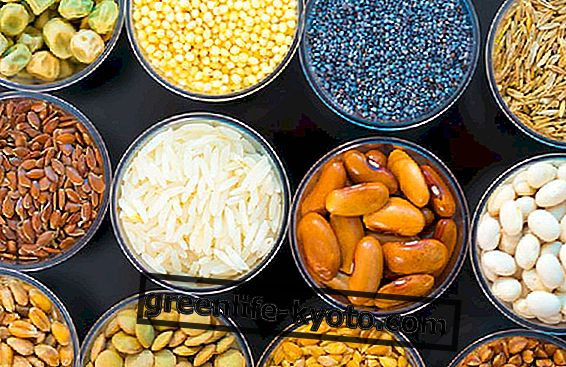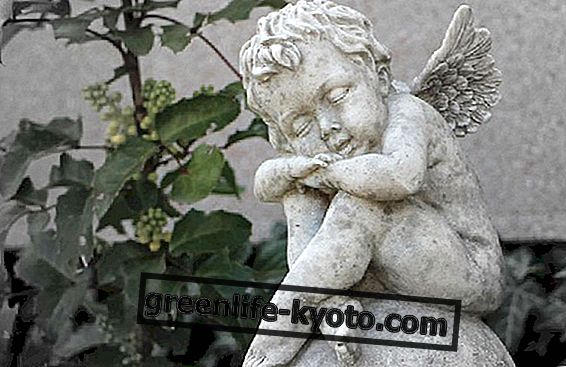
The discovery of the New World, begun in 1492, has never ended for the curious who want to explore the tastes, tastes, and properties of truly exotic foods, or those foods that we will never find on the benches of our markets but that we will have to go and look in person, setting off and planning trips and vacations according to our passions, which is exactly what many fruitarians and fruit-hunters do.
Put in these terms, it must be said that Colombia is a true paradise to be discovered, as it is little publicized and indeed, often not recommended, together with neighboring Venezuela for the level of crime and all the related risks.
Colombia contains Amazonian and Caribbean elements at the same time, sea and forests mix properly, as the Central American culture passes and mixes, through Panama, with the South American one.
Culture also means food, plants, seeds and fruit, really a lot of local fruit impossible to find elsewhere.
Papayuelo

The first of these interesting rare fruits that are worth discovering is the papayuelo, sometimes papayuela, the scientific name Vasconcellea Goudotiana, previously part of the Carica genus, of the family of the Caricaceae.
It is an interesting cousin of the papaya, native of Colombia, in the areas of humid forest around 2000m.
The tree is almost identical to that of the papaya, but it blooms in a beautiful deep red and the fruits are oblong, with a pentagonal section, green with unripe ones and then ripen in yellow, red or violet marc.
The papayuelo is still semi-wild, not intensely cultivated, even if proposed for intensive cultivation, and for this reason it is still very variable, a sign of genetic richness .
The locals eat it fresh, either as jam or as a jelly. The best papayuelo have a very interesting taste, something halfway between the classic papaya and the most juicy common apple, which makes it palatable, one of the most sought-after wild fruits.
Jacaratia spinosa

To stay on the subject of papaya relatives, in Colombia we can find the Jacaratia spinosa in the village markets. In this case the tree is not similar to the classic papaya but is rather majestic, capable of reaching 35 meters in height.
The fruits, on the other hand, resemble tiny yellow-orange papayas, small but with an interesting taste, pleasant in its own way spicy, sweet .
It is eaten raw after removing the rich latex skin, or cooked. It is used by the locals for its anti-inflammatory properties, for its ability to fight intestinal parasites (a serious problem in the Amazon areas), and for being a good hydragogue, which is to say able to help the body expel liquids.
borojó

Let's move on to borojò, or to Alibertia patinoi, a plant belonging to the Rubiaceae. It is a wild fruit among the most important in the Colombian landscape due to its interesting properties. The borojò, which rarely exceeds a dozen centimeters in diameter, has very high levels of protein, vitamin C and minerals such as iron, calcium and phosphorus, very useful to combat respiratory problems and cases of malnutrition .
It is eaten raw, although the pulp is very rich in small seeds, or processed: jams, sweets, juices, extracts. Its taste is a strange mix of sweet and sour, in its own pleasant way, and since recent studies have highlighted its healing properties and the high quality of its polyphenols, borojò begins to be offered on the internet as a superfood.
Massaranduba

The locals often use common names that confuse more fruits of different species. In Colombia, for example, both the Japanese medlar and the sapodilla are called "nispero", and both sapodilla proper and the massaranduba, or Manilkara huberi, are called "sapodilla".
This rare sapotaceae grows in the high mountains, is more spherical than sapodilla and has a less smooth and more grainy skin.
Its flavor is excellent, reminiscent of eggnog and is one of the Colombian wild fruits most loved by the locals.
Credit photo Jacaratia Spinosa © Useful Tropical Plants
Credit photo Borojò © Tropifruit
Credit photo Massaranduba © Carlos E. Pérez SL
